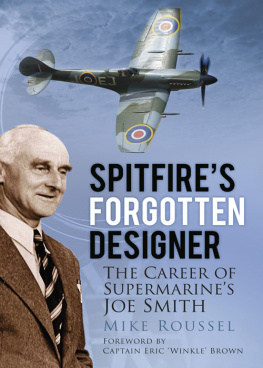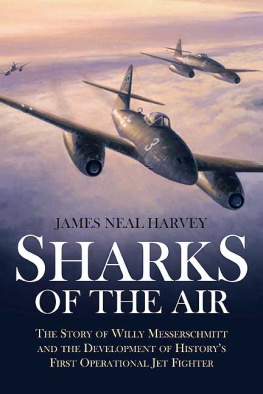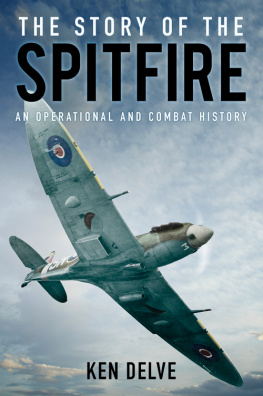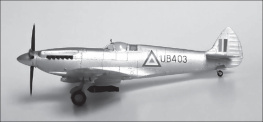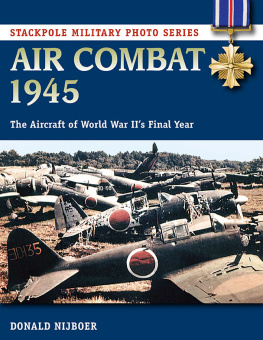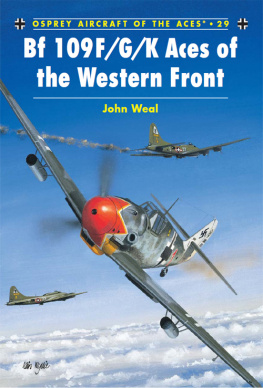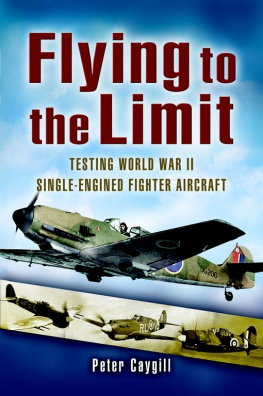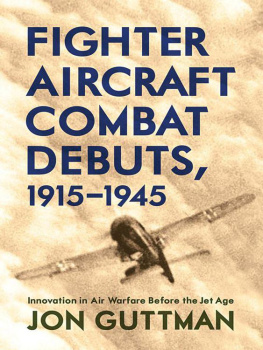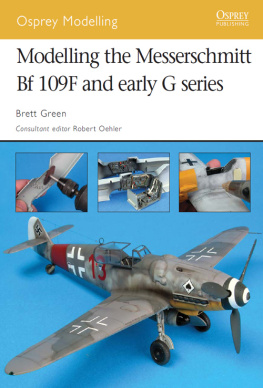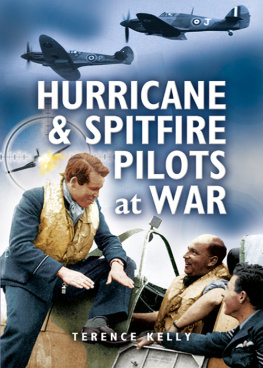First published in Great Britain in 2015 by
Pen & Sword Aviation
an imprint of
Pen & Sword Books Ltd
47 Church Street
Barnsley
South Yorkshire
S70 2AS
Copyright David Owen 2015
ISBN: 978 1 47382 806 3
EPUB ISBN: 978 1 47383 068 4
PRC ISBN: 978 1 47383 061 5
The right of David Owen to be identified as the Author of this Work has been asserted by him in accordance with the Copyright, Designs and Patents Act 1988.
A CIP catalogue record for this book is available from the British Library
All rights reserved. No part of this book may be reproduced or transmitted in any form or by any means, electronic or mechanical including photocopying, recording or by any information storage and retrieval system, without permission from the Publisher in writing.
Typeset in Ehrhardt by
Mac Style Ltd, Bridlington, East Yorkshire
Printed and bound in the UK by CPI Group (UK) Ltd,
Croydon, CRO 4YY
Pen & Sword Books Ltd incorporates the imprints of Pen & Sword Archaeology, Atlas, Aviation, Battleground, Discovery, Family History, History, Maritime, Military, Naval, Politics, Railways, Select, Transport, True Crime, and Fiction, Frontline Books, Leo Cooper, Praetorian Press, Seaforth Publishing and Wharncliffe.
For a complete list of Pen & Sword titles please contact
PEN & SWORD BOOKS LIMITED
47 Church Street, Barnsley, South Yorkshire, S70 2AS, England
E-mail:
Website: www.pen-and-sword.co.uk
Contents
Acknowledgments
W riting a novel may still be a solitary occupation, provided the authors inspiration and talent are up to creating memorable and credible characters, and putting them through a series of challenging situations and recording how they respond and develop. This can never be true of non-fiction, especially when dealing with the past. A writer venturing into this arena needs a varied and capable team of helpers and advisers to bring a project to completion; and thanking all concerned for their assistance and support is one of the most pleasant of duties in preparing a book for publication. So here goes.
In no particular order, except perhaps the chronological, Id like to set the record straight by thanking everyone who shared my belief that the story was worth the telling, and needed a measure of perseverance to turn it into reality. My own inspiration on this, the 75th anniversary of the start of the Battle of Britain, stemmed originally from my eldest brother Norman, killed in a training flight at 19, on his way to become an RAF pilot in 1940. Old college friends like Jim Doxey and Johnnie Mudge, Graham McLean, Phil Patience and Martin Taylor, helped keep the nose pressed to the grindstone by frequent enquiries about progress. Sources of information like the anonymous, but ever-helpful staff of the Liverpool and Manchester reference libraries, located books, websites and unpublished but essential documents, bearing on the subject of these two remarkable aircraft, how they were designed and built, and the stories of those who flew and fought in them.
Illustrations could have been difficult to find, had not Pete Bunting and Sean Penn, and their colleagues at the RAF Museums of Hendon and Cosford, made it possible to photograph wartime aircraft. My elder son, James, and his family, took us to Washington DC so that we could visit the Smithsonian Air and Space Museum to photo aircraft and artefacts available nowhere else, and younger son Will, a pilot himself, brought his own photographic expertise to bear on the Hendon collections. Stephen Vizard and Chris Michell of Airframe Assemblies showed me Spitfires and 109s being rebuilt and restored at their Isle of Wight workshops and produced unique wartime drawings and photos of Spitfire and 109 production.
Wikipedia made available hundreds of official wartime pictures, and through their agreement with the German Bundesarchiv, an equally wide range of German photographs, while US sources like the National Archives, the US Navy Historic Centre, and most especially the USAF Museum at Dayton in Ohio, enabled high-quality downloads to be sourced with the minimum of delay or expense. Alfred Price, perhaps the ultimate authority on the Spitfire and on wartime air operations, and a valued contributor on many other projects, provided pictures and background information. Finally, Captain Eric Winkle Brown gave freely of his time and unrivalled experience to fill in the background to these formidable fighters and assess their relative strengths and weaknesses. My grateful thanks to you all I only hope you feel the finished work is worth it !
David Owen
Chester, UK, May 2015
Foreword
Captain Eric Winkle Brown CBE DSC AFC RN (Retd)
I n a field where most wartime, fighter pilots tended to prefer the types they flew in combat over those that fought against them, Winkle Brown stands out for two main reasons: his incredible breadth of experience having flown more types of aircraft than anyone else since the invention of flight, and his objectivity having been a trained military test pilot charged with evaluating the behaviour and performance of Allied and Axis warplanes in detail. Here is his evaluation of the Spitfires two main wartime opponents:
Throughout World War Two, Germanys fighter defence relied mainly on the piston engined Messerschmitt 109 and the Focke-Wulf 190. Like Britains Hurricane and Spitfire, one preceded the other and both kept up with the hunt by aerodynamic modifications, increases in engine power and in firepower, as well as weapon carrying capacity. Hence there are many marks or models of both aircraft, but it is most interesting to compare what pilots believe were the classic examples of each type, namely the Bf109F and the FW190A-4.
Let me say from the outset that I would not like to be the pilot of a Bf109F in the western operational area of World War Two, where the opposition was of a high standard in both aircraft and pilot quality. I feel the drawbacks of the 109 were the claustrophobic cockpit and the poor harmony of control. On the plus side it had very good firepower, especially when equipped with the Mauser cannon firing through the airscrew hub, and it had a fast dive to evade trouble.
On the other hand I would have been very happy to be the pilot of a Fw190 A-4 with its fine performance, superb rate of roll, wonderful view from the cockpit, reliable radial engine and formidable firepower. With this package I would have been ready to take on all-comers. Indeed in 1943 I had the opportunity to lock horns with such an aircraft while flying a Spitfire IX over France at about 25,000 feet, and after some eight minutes of exhilarating thrust-and-parry we both mutually agreed the combat situation had reached stalemate and parted company before we both ran out of fuel.
With reference to the 109, many will point to the 352 kills made by Erich Hartmann, but when I interviewed him in 1958 he pointed out that all of his successes were on the eastern front against the Russians who were tactically naive in air operations, and he swore by the effectiveness of the airscrew hub firing Mauser cannon
Eric Brown, July 2014
Chapter One
Bombers over Breakfast
T he most crippling blow to Britains pre-war air defences began emerging early one morning in February 1934, on the main up departure platform at Bristols Temple Meads Station. Amid the passengers boarding the Great Western Railway express to London Paddington was Robert Lewis, editor of the Bristol Evening World, part of the Rothermere group of national and provincial newspapers. He was attending a meeting with fellow editors, chaired by Lord Rothermere, head of the group. Rothermere had been a member of Lloyd Georges Air Council during the First World War, and was extremely aviation-minded. On the agenda was the need for a high-speed aircraft to match the twelve-seat Lockheed monoplane recently ordered by Lord Beaverbrook, head of the rival Express group of papers.
Next page






